
Ice is a natural phenomenon that occurs when water freezes at or below 0 degrees Celsius. It is widely known as a symbol of coldness and purity. In the Chinese language, there is a specific symbol for ice that represents its unique properties. This article will explore the Chinese symbol for ice and its significance in Chinese culture.
The Chinese Symbol for Ice: 冰
The Chinese symbol for ice is 冰, which is pronounced as "bīng" in Mandarin. It consists of two parts: the radical "water" on the left and the phonetic "ping" on the right. The radical "water" is a common component of characters related to water, while the phonetic "ping" is a character that shares the same pronunciation as "bīng" and helps to indicate the meaning of the character.
The Meaning of the Chinese Symbol for Ice

The Chinese symbol for ice represents the frozen state of water. It is often used to convey the idea of coldness, coolness, and freshness. In Chinese culture, ice is also associated with purity and clarity, as it is a natural substance that comes from clean water sources. Therefore, the symbol for ice can also be used to express the idea of clarity and transparency.
The Significance of Ice in Chinese Culture
Ice has played an important role in Chinese culture for thousands of years. In ancient times, ice was a precious commodity that was only available to the wealthy and powerful. It was used to cool drinks and food, especially during the hot summer months. Ice also had medicinal properties and was used to treat various ailments.
Today, ice is still highly valued in Chinese culture. It is commonly used in traditional Chinese medicine to treat inflammation, pain, and other conditions. Ice is also a popular ingredient in Chinese cuisine, especially in cold dishes such as "liangpi" (cold skin noodles) and "shuijiao" (cold boiled dumplings). In addition, ice sculptures are a popular form of art in China, especially during the winter months.
Conclusion
The Chinese symbol for ice is a simple yet powerful representation of this natural phenomenon. It conveys the ideas of coldness, purity, freshness, and clarity, which are highly valued in Chinese culture. Whether as a symbol or as a physical substance, ice continues to play an important role in Chinese society and traditions.
Related video of Chinese Symbol For Ice
As a parent or guardian of a child performer, you want to make sure that your child's earnings are secure and protected. That's where a Child Performer Trust Account comes in. This type of account is specifically designed to safeguard the money earned by child performers and ensure that it is used for the child's benefit.
What is a Child Performer Trust Account?
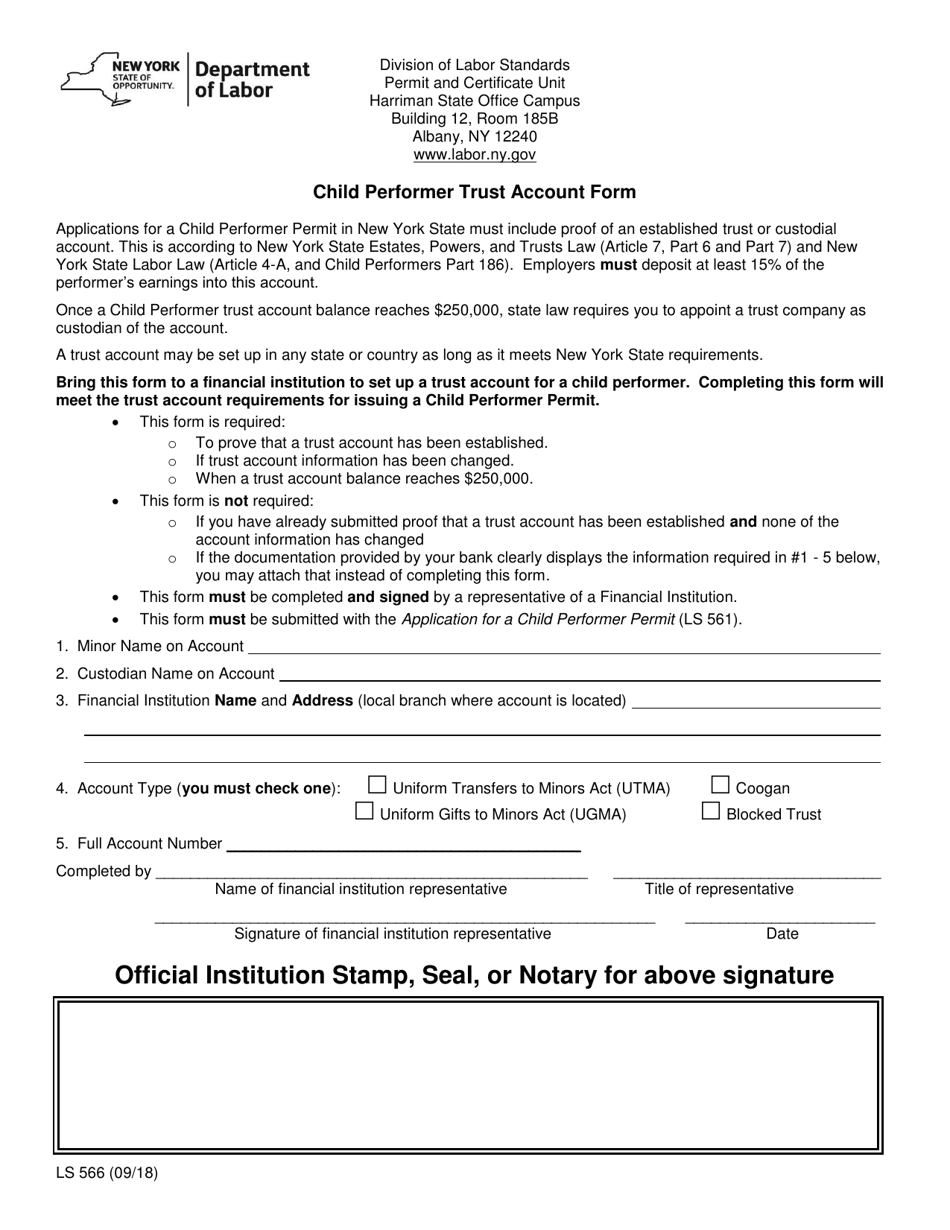
A Child Performer Trust Account is a legal arrangement between the performer's parent or guardian and a financial institution. The account is opened in the child's name and all earnings from performances are deposited into it. The money in the account is then managed by a trustee, who is responsible for making sure that it is used for the child's benefit.
Child Performer Trust Accounts are required by law in many states and countries. They are designed to protect child performers from exploitation and ensure that their earnings are used wisely.
Why is a Child Performer Trust Account Important?

There are several reasons why a Child Performer Trust Account is important:
- Protecting the child's earnings: The money earned by child performers is often significant, and it is important to ensure that it is not misused or stolen.
- Ensuring that the money is used for the child's benefit: The trustee is responsible for managing the money in the account and making sure that it is used for the child's education, health, and other needs.
- Complying with legal requirements: In many states and countries, Child Performer Trust Accounts are required by law. Failure to set up an account can result in fines or other penalties.
How Does a Child Performer Trust Account Work?
Setting up a Child Performer Trust Account is a straightforward process:
- Choose a financial institution: You will need to choose a bank or other financial institution to open the account. Make sure that the institution is reputable and has experience in managing trust accounts.
- Complete the paperwork: You will need to fill out the necessary paperwork to open the account. This will include information about the child performer, the trustee, and the account itself.
- Deposit earnings: Once the account is set up, all earnings from performances should be deposited into it.
- Manage the account: The trustee is responsible for managing the money in the account and making sure that it is used for the child's benefit.
Who Can Serve as a Trustee?
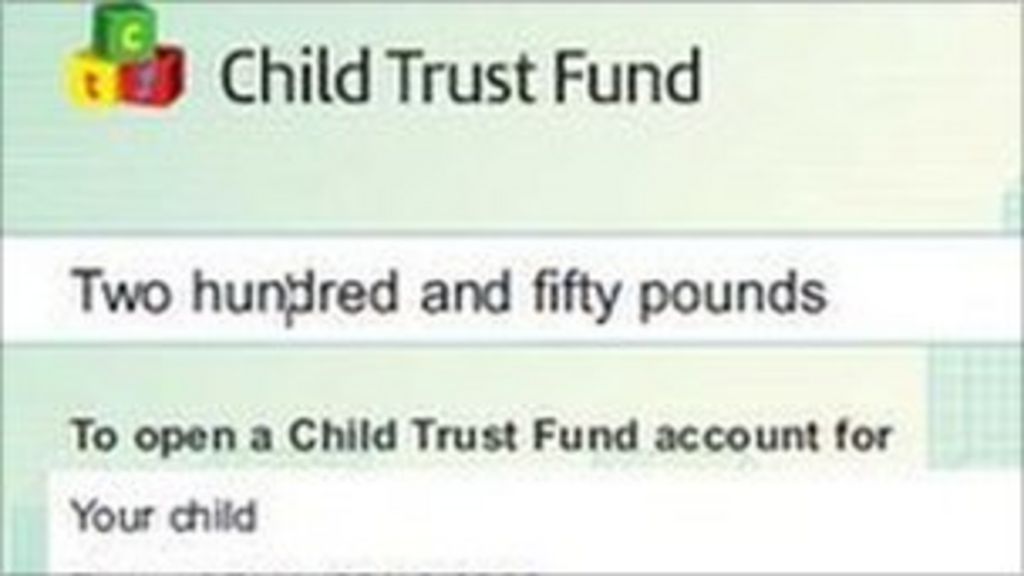
The trustee is responsible for managing the money in the Child Performer Trust Account. This person should be someone who is trustworthy and has experience in managing finances. The trustee can be:
- A parent or guardian: If the parent or guardian is financially responsible and has experience in managing money, they can serve as the trustee.
- A financial professional: A financial planner or other professional with experience in managing trust accounts can also serve as the trustee.
- A court-appointed guardian: In some cases, a court-appointed guardian may be required to serve as the trustee.
What Happens to the Money in the Account?
The money in the Child Performer Trust Account is used for the child's benefit. This can include:
- Education: The money can be used to pay for the child's education, including tuition, books, and other expenses.
- Healthcare: The money can be used to pay for the child's healthcare needs, including medical bills, prescriptions, and insurance premiums.
- Other expenses: The money can also be used to pay for other expenses related to the child's well-being, such as housing, food, and clothing.
The trustee is responsible for managing the money in the account and making sure that it is used for the child's benefit. The trustee is required to keep detailed records of all transactions and provide regular reports to the parent or guardian.
Conclusion
A Child Performer Trust Account is an important tool for protecting the earnings of child performers and ensuring that the money is used for their benefit. By setting up a trust account, parents and guardians can have peace of mind knowing that their child's earnings are secure and will be used wisely.
Related video of Child Performer Trust Account: What It Is and Why It Matters

Have you ever heard the phrase "running around like a chicken with its head cut off"? It's a common expression used to describe someone who is frantically and aimlessly running around without direction. But have you ever wondered if there is any truth behind this saying?
The Myth
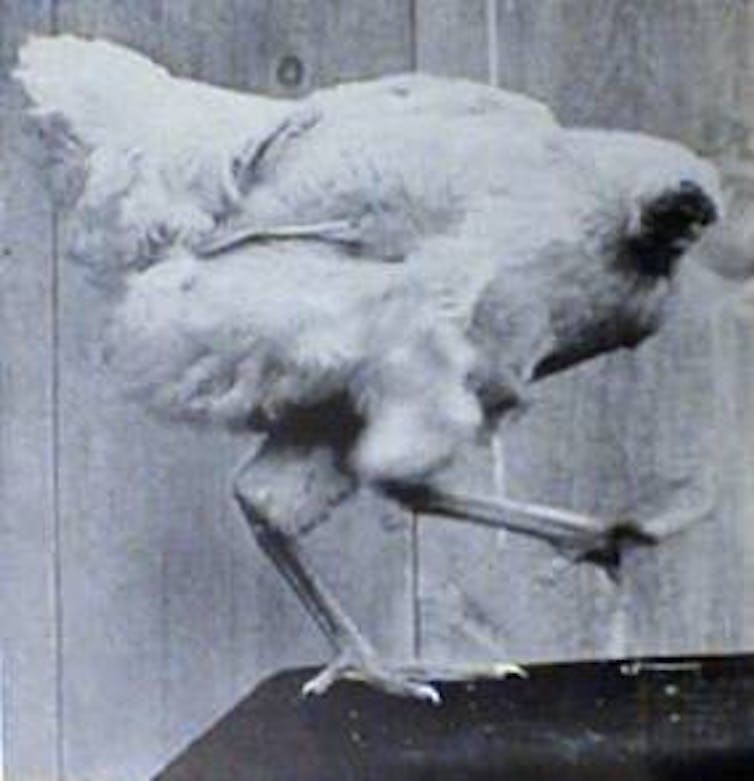
The myth goes that when a chicken's head is cut off, the brain stem is still intact and the chicken can still run around for a short period of time. This is said to be due to the fact that the chicken's reflexes are still intact and it is not aware that it has been decapitated.
However, this is not entirely true. While it is true that a chicken can run around for a short period of time after its head has been cut off, it is not due to the fact that its reflexes are still intact. In fact, it is because of a phenomenon known as "spinal reflex".
Spinal Reflex
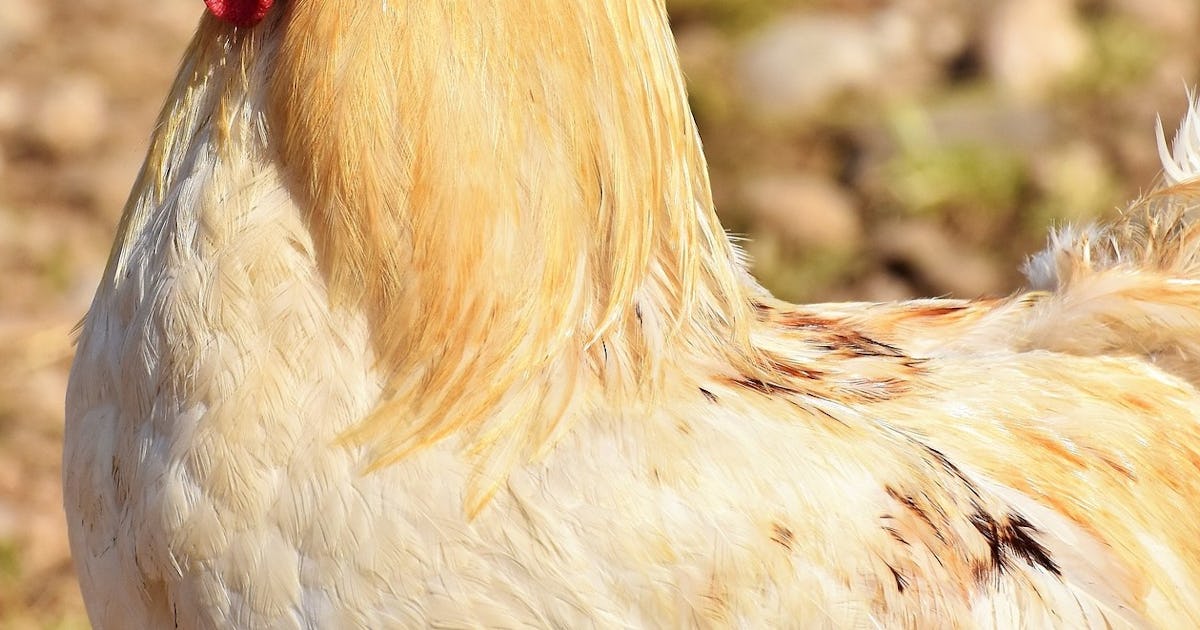
Spinal reflex is a type of reflex that occurs without the involvement of the brain. It is a reflex that is controlled by the spinal cord alone. When a chicken's head is cut off, the spinal cord is still intact and the chicken's muscles can still respond to stimuli.
So, while it may appear that the chicken is running around aimlessly, it is actually just responding to stimuli in its environment. It is not aware that it has been decapitated and it is not running around frantically.
Why Cut A Chicken's Head Off?
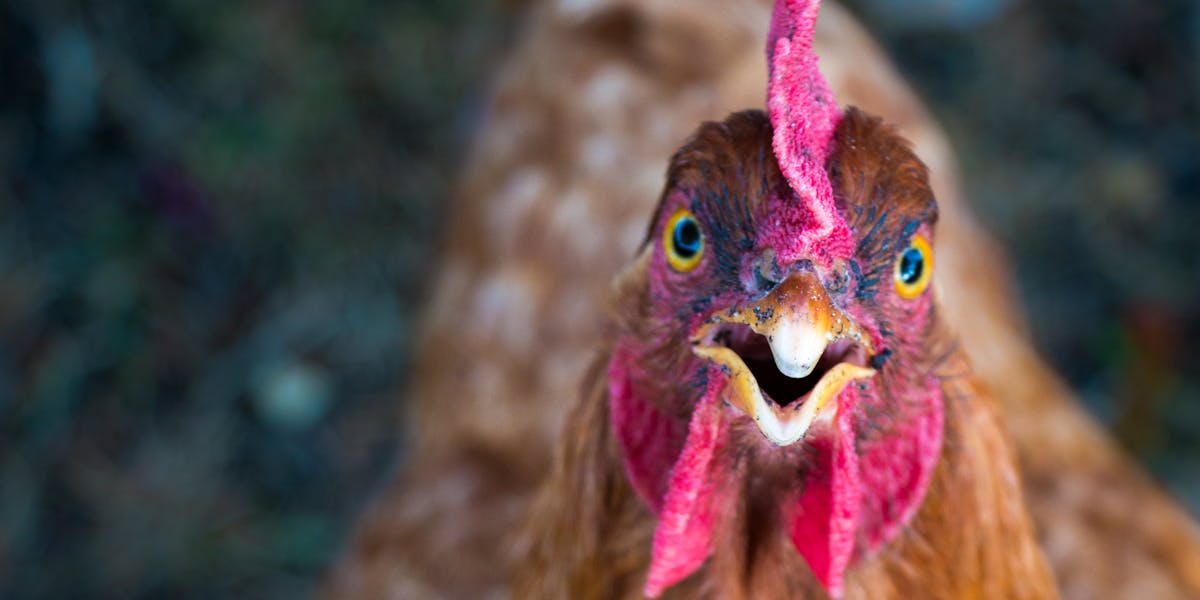
You may be wondering why anyone would want to cut a chicken's head off in the first place. Well, there are a few reasons why this is done.
One reason is for food production. When a chicken's head is cut off, the blood is drained from the body and the bird can be prepared for consumption.
Another reason is for religious or cultural practices. For example, in some cultures, it is customary to sacrifice a chicken as part of a religious ceremony.
The Bottom Line

The myth of chickens running around with their heads cut off is just that – a myth. While it may appear that the chicken is running around frantically, it is actually just responding to stimuli in its environment due to a phenomenon known as spinal reflex.
So, the next time you hear someone use the phrase "running around like a chicken with its head cut off", you can educate them on the truth behind the myth.
Related video of Chickens Running Around With Their Heads Cut Off

Introduction
Chicken pox is a highly contagious viral infection that affects mainly children. The disease is caused by the varicella-zoster virus (VZV) and is characterized by a rash of itchy, fluid-filled blisters all over the body. In French, chicken pox is known as "varicelle".
Cause of Chicken Pox
Chicken pox is caused by the varicella-zoster virus (VZV), which is highly contagious and can be spread through direct contact with an infected person or through the air when an infected person talks, coughs or sneezes.

Symptoms of Chicken Pox
The symptoms of chicken pox usually appear about 10 to 21 days after exposure to the virus. The first symptoms include fever, headache and fatigue, followed by the appearance of the characteristic rash of fluid-filled blisters all over the body.

Treatment of Chicken Pox
There is no specific treatment for chicken pox, but antiviral medications may be prescribed to help reduce the severity of symptoms and speed up the healing process. Over-the-counter medications such as acetaminophen or ibuprofen can also help relieve fever and pain.

Prevention of Chicken Pox
The best way to prevent chicken pox is through vaccination. The chicken pox vaccine is highly effective and is recommended for all children at the age of 12 to 15 months, with a booster shot at the age of 4 to 6 years. Vaccination is also recommended for adults who have never had chicken pox.

Complications of Chicken Pox
Although chicken pox is usually a mild illness, it can lead to serious complications in some cases. Complications may include bacterial infections of the skin and soft tissues, pneumonia, encephalitis and Reye's syndrome.
Home Remedies for Chicken Pox
There are several home remedies that can help relieve the symptoms of chicken pox, including oatmeal baths, cool compresses, and calamine lotion. It is also important to stay hydrated and get plenty of rest.

Conclusion
Chicken pox is a highly contagious viral infection that affects mainly children, and is caused by the varicella-zoster virus (VZV). The best way to prevent chicken pox is through vaccination, and there are several home remedies that can help relieve the symptoms. If you suspect that you or your child has chicken pox, it is important to seek medical attention and follow the recommended treatment plan.
Related video of Chicken Pox In French
Charcoal ash is the residue left after the combustion of charcoal. It is a fine gray powder that is rich in minerals and nutrients. Charcoal ash is an excellent source of potassium, calcium, magnesium, and phosphorous. It also contains trace amounts of other essential minerals such as iron, zinc, and copper. In this article, we will explore the chemical composition of charcoal ash and its uses.
Potassium

Potassium is the most abundant mineral in charcoal ash. It is an essential mineral that is required for the proper functioning of the body. Potassium plays a vital role in regulating blood pressure, muscle contractions, and nerve impulses. It is also necessary for the growth and development of plants.
Calcium

Calcium is the second most abundant mineral in charcoal ash. It is essential for the formation and maintenance of strong bones and teeth. Calcium also plays a vital role in muscle contraction, nerve function, and blood clotting.
Magnesium

Magnesium is another essential mineral found in charcoal ash. It is necessary for the proper functioning of the body's enzymes and plays a crucial role in the production of energy. Magnesium also helps to regulate blood pressure and maintain a healthy heart.
Phosphorous

Phosphorous is an essential mineral that is required for the growth and repair of tissues and cells. It also plays a vital role in the formation of bones and teeth. Phosphorous is also necessary for the production of DNA and RNA, which are essential for the proper functioning of the body.
Iron

Iron is a trace mineral found in charcoal ash. It is essential for the production of hemoglobin, which is the protein in red blood cells that carries oxygen throughout the body. Iron is also necessary for the proper functioning of the immune system and the production of energy.
Zinc

Zinc is another trace mineral found in charcoal ash. It is necessary for the proper functioning of the immune system and the wound healing process. Zinc also plays a vital role in the production of DNA and RNA and is necessary for the proper growth and development of the body.
Copper

Copper is a trace mineral found in charcoal ash. It is necessary for the proper functioning of enzymes and the production of energy. Copper also plays a vital role in the formation of connective tissues and the absorption of iron.
Uses of Charcoal Ash

Charcoal ash has several uses. It is an excellent source of nutrients for plants and can be used as a fertilizer. Charcoal ash can also be used to raise the pH level of soil and improve its structure. It is also an excellent natural insect repellent and can be used to repel pests such as ants, termites, and beetles.
In conclusion, charcoal ash is a rich source of minerals and nutrients. It contains potassium, calcium, magnesium, phosphorous, iron, zinc, and copper. Charcoal ash has several uses and can be used as a fertilizer, soil amendment, and insect repellent. It is an excellent natural resource that is both environmentally friendly and cost-effective.
Related video of Chemical Composition Of Charcoal Ash

If you're a cheese lover, you may have noticed small white bumps on the surface of some cheeses. These bumps are called cheese smelly white pimples or white mold, and they can be a bit off-putting. But don't worry, they are usually harmless and even necessary for some types of cheeses.
What are Cheese Smelly White Pimples?

Cheese smelly white pimples are a type of mold that grows on the surface of certain types of cheese. They are usually small and white, but they can also be yellow or blue. This type of mold is called Penicillium Candidum, and it is responsible for the soft and creamy texture of some cheeses, such as Brie and Camembert.
Are Cheese Smelly White Pimples Safe to Eat?
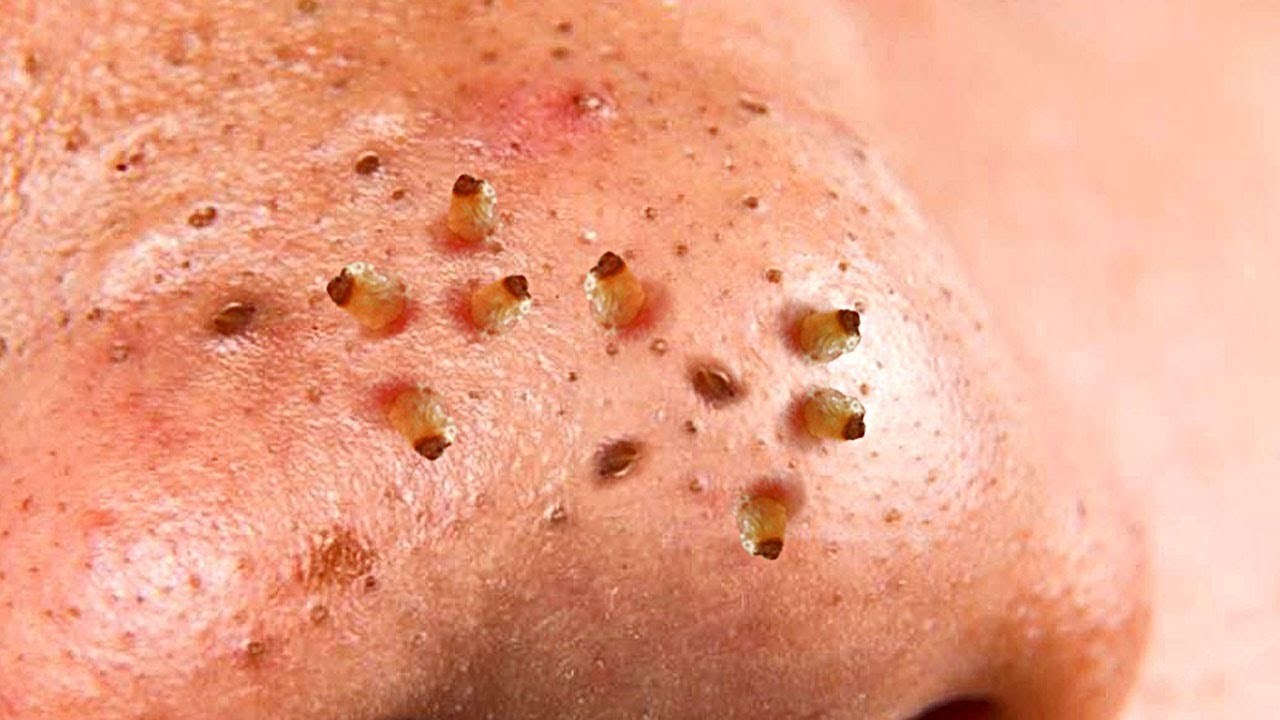
Yes, cheese smelly white pimples are safe to eat. In fact, they are often added intentionally during the cheese-making process to create specific flavors and textures. However, if the cheese smells or tastes off, it's best to avoid it.
How to Store Cheese with Smelly White Pimples?
Cheese with smelly white pimples should be stored in the refrigerator at a temperature between 35°F and 45°F. It is best to store it in a container that allows air to circulate, such as a cheese dome or a paper bag. Avoid storing cheese in plastic wrap, as it can trap moisture and cause the cheese to spoil.
How to Serve Cheese with Smelly White Pimples?

Cheese with smelly white pimples should be served at room temperature for the best flavor and texture. Before serving, remove the cheese from the refrigerator and let it sit at room temperature for at least 30 minutes. This will allow the cheese to soften and bring out its full flavor.
Can You Eat the Rind on Cheese with Smelly White Pimples?

Whether or not you can eat the rind on cheese with smelly white pimples depends on the type of cheese. Soft cheeses like Brie and Camembert have a thin, edible rind that is safe to eat. Harder cheeses like Cheddar and Parmesan have a thicker rind that is usually removed before eating.
How to Remove Smelly White Pimples from Cheese?

If the appearance of smelly white pimples on cheese bothers you, you can remove them with a clean, damp cloth. Gently wipe the surface of the cheese, being careful not to damage the rind. However, keep in mind that removing the white pimples can also remove some of the flavor and texture of the cheese.
How to Prevent Smelly White Pimples from Growing on Cheese?
Preventing smelly white pimples from growing on cheese is difficult, as they are often intentionally added during the cheese-making process. However, storing cheese properly and consuming it before the expiration date can help prevent mold growth. Additionally, washing your hands before handling cheese can prevent the transfer of bacteria that can lead to mold growth.
Conclusion
Cheese smelly white pimples may look unappetizing, but they are usually harmless and even necessary for some types of cheese. They are safe to eat and can even add to the flavor and texture of the cheese. However, if the cheese smells or tastes off, it's best to avoid it. Store cheese with smelly white pimples properly and serve it at room temperature for the best experience.
Related video of Cheese Smelly White Pimples: What Are They and How to Deal with Them?

Introduction
When it comes to getting around cities, taxis are a popular choice for many people. They are convenient, easy to use, and can get you to your destination quickly. One of the most recognizable taxi companies in the United States is Checker Yellow Cab. In this article, we will discuss Checker Yellow Cab near me.
About Checker Yellow Cab

Checker Yellow Cab is a taxi company that operates in several cities across the United States. They have been in business for over 100 years and have a reputation for providing reliable and safe transportation services. Their fleet consists of well-maintained vehicles that are equipped with GPS tracking systems and other safety features.
How to Find Checker Yellow Cab Near Me

If you are looking for Checker Yellow Cab near you, there are several ways to find them. The easiest way is to use a search engine like Google and type in "Checker Yellow Cab near me." This will bring up a list of locations where Checker Yellow Cab operates.
Another way to find Checker Yellow Cab is through their website. They have an online booking system that allows you to schedule a ride in advance. You can also download their mobile app, which makes it easy to request a ride from your smartphone.
Benefits of Using Checker Yellow Cab

There are several benefits to using Checker Yellow Cab. First, their drivers are experienced and knowledgeable about the local area. They can provide you with recommendations for restaurants, attractions, and other points of interest.
Second, Checker Yellow Cab is a reliable and safe option for transportation. They have a strict screening process for their drivers and maintain their vehicles to high standards. You can feel confident that you will arrive at your destination safely and on time.
Finally, Checker Yellow Cab is a convenient option for getting around cities. You can easily hail a cab on the street, call their dispatch center, or use their online booking system to schedule a ride in advance.
Pricing

The pricing for Checker Yellow Cab varies depending on the city and time of day. However, they typically charge a base fare plus a per-mile or per-minute rate. You can find more information about their pricing on their website or by contacting their customer service team.
Conclusion
Checker Yellow Cab is a reliable and safe option for transportation in several cities across the United States. Whether you need to get to the airport, a business meeting, or a night out on the town, Checker Yellow Cab can get you there quickly and conveniently. Use the tips in this article to find Checker Yellow Cab near you and enjoy a stress-free ride!
Related video of Checker Yellow Cab Near Me

If you have been experiencing bad breath, sore throat, and difficulty swallowing, then you might have tonsil stones. Tonsil stones, also known as tonsilloliths, are hard deposits that form on the tonsils. They are usually white or yellow in color and can range in size from small to large. In this article, we will discuss how to check for tonsil stones and what you can do to get rid of them.
What are Tonsil Stones?

Tonsil stones are formed when debris, such as dead cells, food particles, and mucus, gets trapped in the tonsil crevices. Bacteria then feed on the debris, and the byproduct is a hard, calcified tonsil stone. They can cause bad breath, sore throat, and difficulty swallowing. Tonsil stones are not harmful, but they can be uncomfortable and unpleasant.
How to Check for Tonsil Stones

Checking for tonsil stones is relatively easy. You can use a mirror and a flashlight to check for any white or yellow spots on your tonsils. Gently push your tonsils with a cotton swab or the back of your toothbrush, and if you see any white or yellow debris coming out, it could be a tonsil stone.
How to Get Rid of Tonsil Stones

If you have tonsil stones, there are a few ways to get rid of them. You can try to remove them with a cotton swab, a toothbrush, or a water pick. Gargling with salt water or mouthwash can also help to dislodge tonsil stones. In severe cases, you may need to see an ENT specialist to have them removed.
How to Prevent Tonsil Stones

The best way to prevent tonsil stones is to practice good oral hygiene. Brush your teeth twice a day, floss regularly, and use mouthwash. Drinking plenty of water can also help to flush out debris from your tonsils. Avoid smoking and excessive alcohol consumption, as they can increase the risk of tonsil stones.
Conclusion
Tonsil stones are a common condition that can cause bad breath, sore throat, and difficulty swallowing. Checking for tonsil stones is easy, and there are several ways to get rid of them. Practicing good oral hygiene can help to prevent tonsil stones from forming. If you have persistent tonsil stones or other symptoms, consult your doctor or an ENT specialist for proper diagnosis and treatment.
Related video of Check For Tonsil Stones
A chastity belt is a device that is worn to prevent sexual intercourse. It is a metal or plastic device that is locked around the waist and genital area of a person, preventing them from being able to have sexual intercourse. While this device was commonly used in medieval times, it is still used today, albeit less frequently.
The History Of The Chastity Belt
The chastity belt was first used during the Crusades in the medieval period. It was used as a way to protect women from rape and sexual assault while their husbands were away fighting in battles. The device was made of iron and was locked around the waist and genital area of a woman. It was seen as a way to preserve a woman's honor and prevent her from being taken advantage of. However, there is no concrete evidence to suggest that the device was ever used in this way, and it is more likely that it was a myth created during the Victorian era.
Chastity Belts Today
While chastity belts are not commonly used today, there are still people who use them as a way to prevent themselves from having sexual intercourse. Some people use them as a way to practice abstinence, while others use them as a form of BDSM play. There are also people who use them as a way to prevent cheating in a relationship. However, there is no evidence to suggest that using a chastity belt is an effective way to prevent cheating.
Wearing A Chastity Belt In Public
Wearing a chastity belt in public can be a controversial topic. While it is legal to wear one in public, it is important to consider the social implications of doing so. Some people may find it offensive or inappropriate, while others may be curious or intrigued. It is important to respect other people's opinions and beliefs when wearing a chastity belt in public.
Conclusion
While chastity belts are not commonly used today, they still have a place in modern society. Whether used as a form of abstinence, BDSM play, or a way to prevent cheating in a relationship, it is important to consider the social implications of wearing one in public. While it is legal to wear a chastity belt in public, it is important to respect other people's opinions and beliefs.